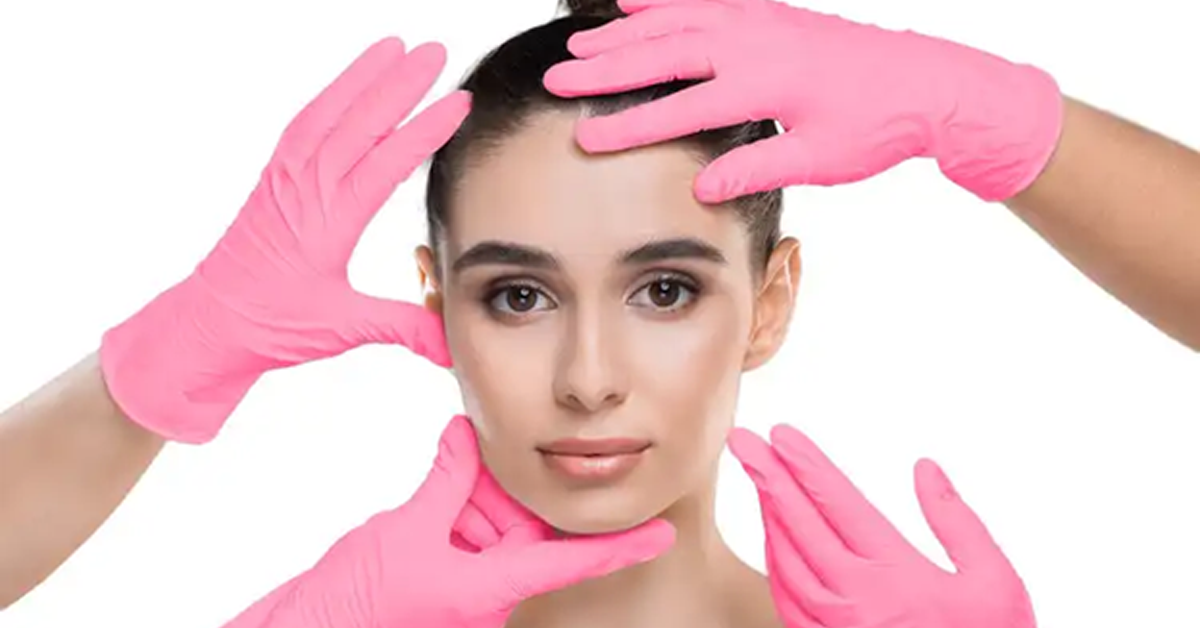Facial fillers have become a popular way to enhance facial contours, restore lost volume, and achieve a youthful appearance without surgery. However, with so many options available, choosing the right filler for your skin type and beauty goals can be overwhelming. Understanding the differences between fillers and how they work will help you make an informed decision.
In this guide, we’ll break down the key factors to consider when selecting the best filler face treatment that aligns with your aesthetic goals.
Understanding Facial Fillers
Facial fillers are injectable substances designed to add volume, smooth wrinkles, and enhance facial features. They come in various types, each with its own benefits and longevity. The most commonly used fillers include:
- Hyaluronic Acid (HA) Fillers: Known for their natural-looking results and hydrating properties, HA fillers like Juvederm and Restylane are ideal for plumping lips, smoothing wrinkles, and adding volume to the cheeks.
- Calcium Hydroxylapatite (CaHA) Fillers: These provide a firmer structure and stimulate collagen production. Radiesse is a well-known filler in this category, often used for deeper wrinkles and facial contouring.
- Poly-L-Lactic Acid Fillers: Designed to boost collagen over time, these fillers, like Sculptra, work gradually to restore lost volume and improve skin texture.
- Polymethyl Methacrylate (PMMA) Fillers: These are semi-permanent fillers that provide long-lasting support, commonly used for deeper wrinkles and scars.
Factors to Consider When Choosing a Filler
1. Your Skin Type and Concerns
Your skin type plays a significant role in selecting the right best filler face. If you have dry skin, hyaluronic acid fillers are a great choice due to their hydrating properties. For mature skin with deep wrinkles, calcium hydroxylapatite or poly-L-lactic acid fillers may provide better results by stimulating collagen production.
2. Treatment Area
Different fillers are designed for specific areas of the face. Here’s a quick guide:
- Lips: Hyaluronic acid fillers provide a soft and natural plump.
- Cheeks: HA and CaHA fillers help restore lost volume and define the cheekbones.
- Jawline and Chin: Firmer fillers like Radiesse or PMMA-based fillers work best for structure and contouring.
- Under-Eyes: HA fillers with a thinner consistency are best for delicate under-eye areas to reduce hollowness and dark circles.
3. Desired Longevity
Some fillers last longer than others. HA fillers typically last 6-12 months, while CaHA and poly-L-lactic acid fillers can last up to 2 years. If you’re looking for a longer-lasting option, PMMA fillers may be suitable but require careful consideration due to their semi-permanent nature.
4. Natural vs. Dramatic Results
If you prefer subtle enhancements, HA fillers offer a natural appearance with the flexibility to adjust results. For those looking for more dramatic sculpting, CaHA and PMMA fillers can provide a firmer, long-lasting effect.
Consulting an Expert
Selecting the right filler should always involve guidance from a qualified aesthetic doctor Dubai. An experienced professional will assess your skin type, discuss your goals, and recommend the best treatment plan for you. They can also ensure that your results look natural and are tailored to your unique facial structure.
Summing it Up
Choosing the right facial filler is an important decision that depends on your skin type, desired outcome, and treatment area. By understanding the different types of fillers and consulting with a trusted expert, you can achieve beautiful, natural-looking results. If you’re considering facial fillers, Dr Mehri offers expert guidance and personalized treatments to help you achieve your aesthetic goals with confidence.











